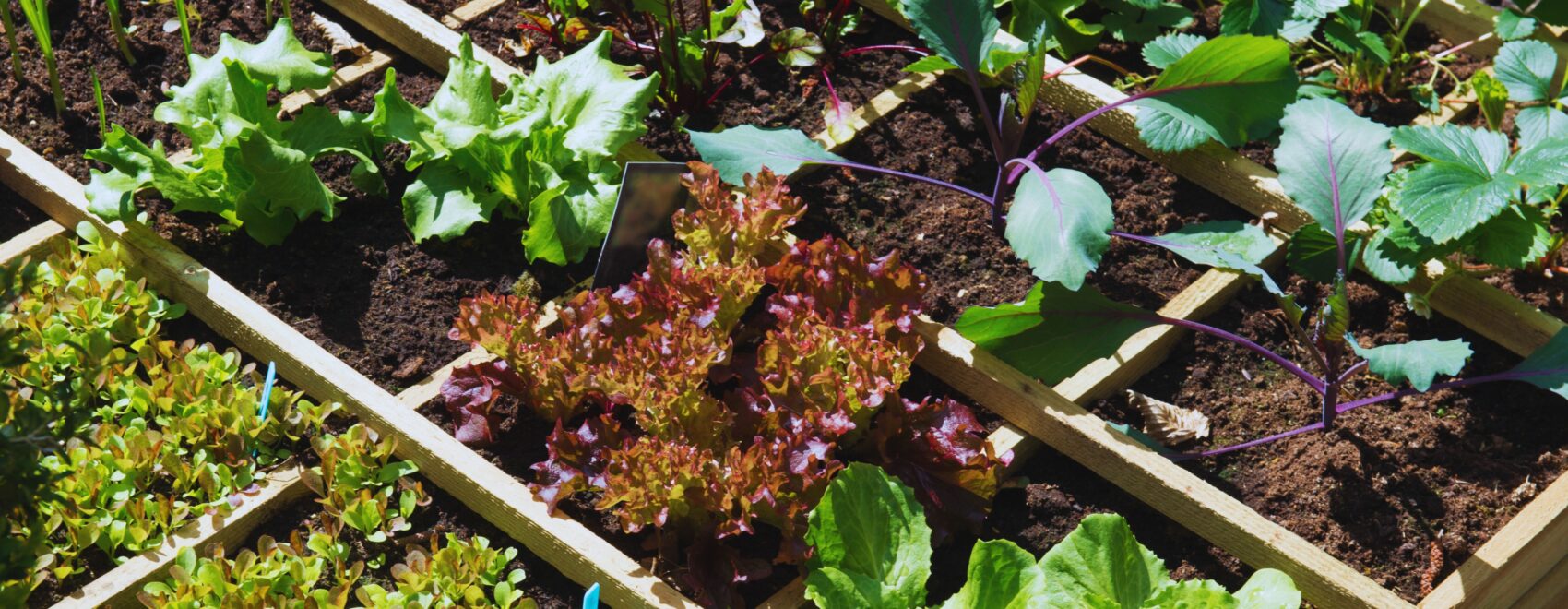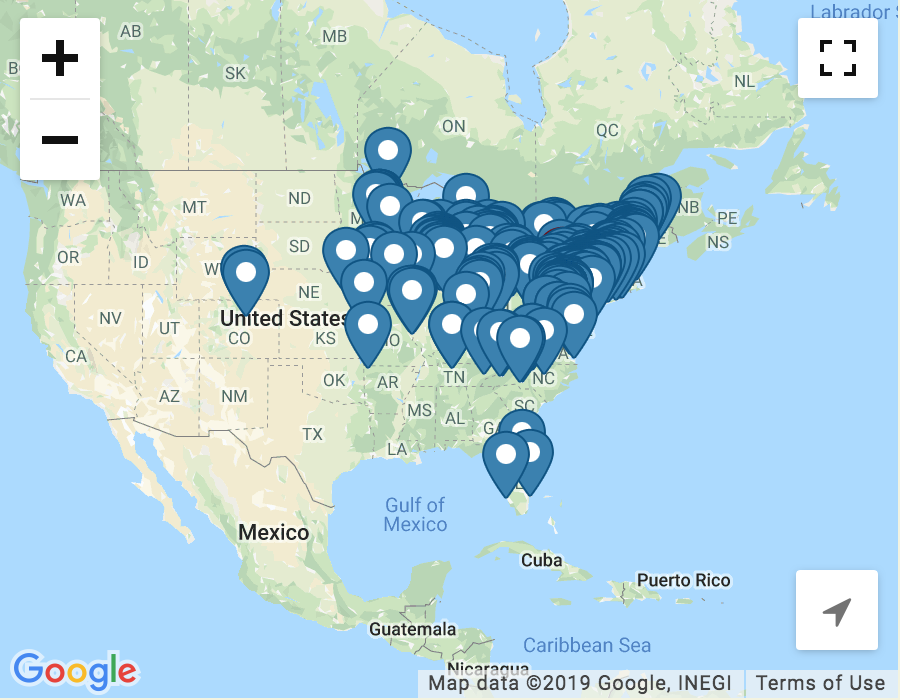We’re continuing the efficiency theme from last month’s post about using garden space resourcefully and this month focusing on ways you can get the most bang for your buck in the vegetable garden. In other words, let’s produce as many veggies, fruits and herbs as we can through adjustments to our soil’s health and smart growing techniques.
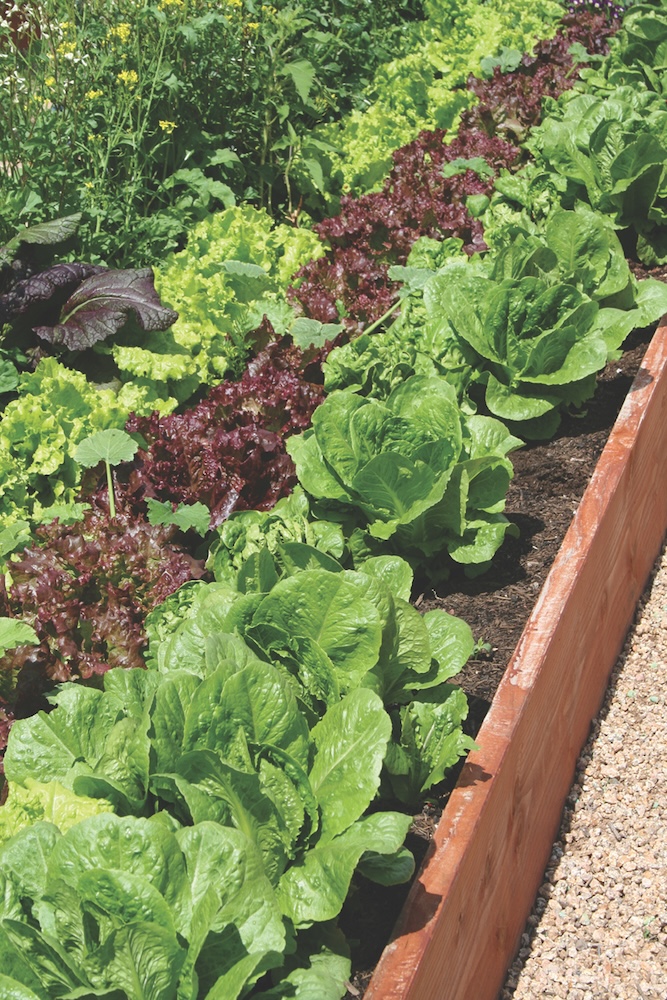
Boosting the Vegetable Garden’s Soil Health
We’ll start with the soil, because that’s our mission here at Organics Mechanics—to provide your plants with the best soil conditions in which they can thrive. Soil is the foundation of a productive vegetable garden, after all. When the soil’s community of microorganisms— most notably fungi, bacteria, protozoa and nematodes —are balanced, plants’ roots take up nutrients more effectively. And when that happens, your plants are healthier, and healthier plants produce better and more harvests.
And how do we build the soil’s microbiome? We do that by building a soil profile that is rich in organic matter and creating a root zone amenable to these beneficial microorganisms. Our Planting Mix Compost Blend gets that job done for you easily. Use in either in-ground planting beds or raised bed gardens to add organic matter in the form of compost, aged pine bark and coir.
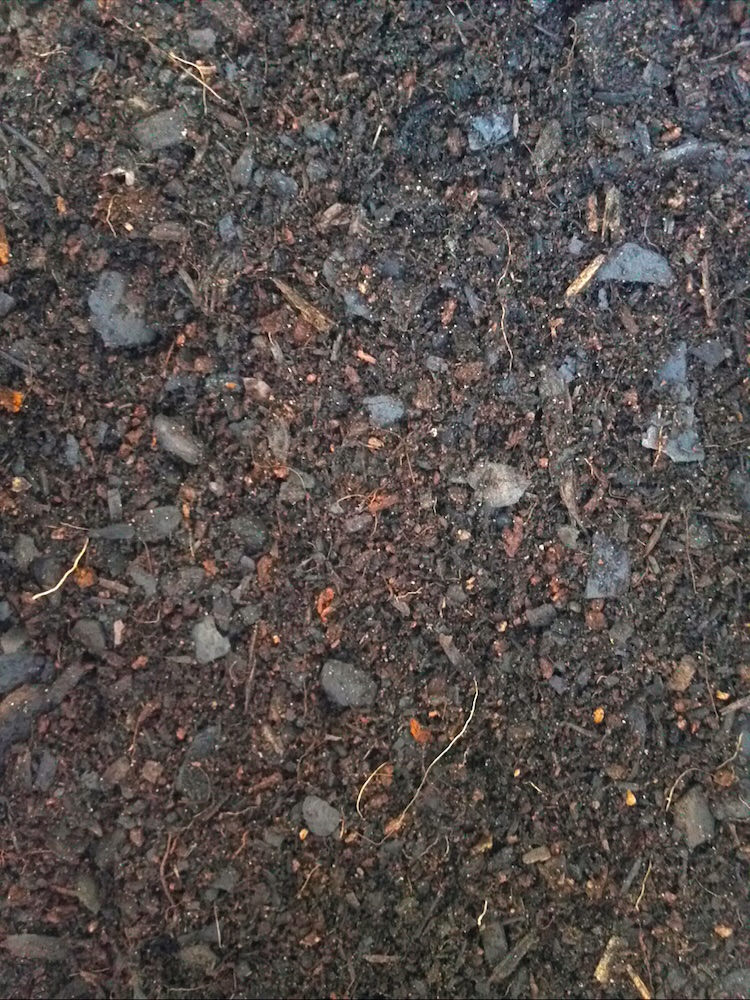
These combine to form a well-draining soil profile while also helping to retain moisture around plant roots. This peat-free mix also contains earthworm castings which encourage high levels of beneficial microbes. These microbes go on to facilitate water and nutrient uptake in your crops. It’s a whole circle of life happening just underground!
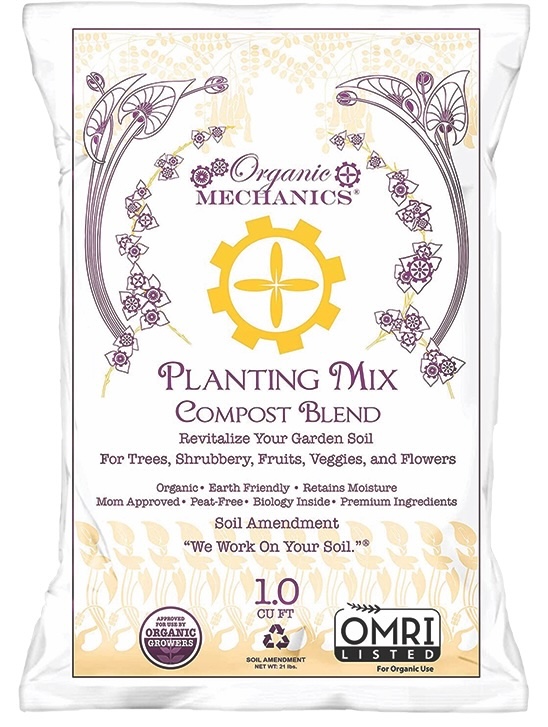
Companion Planting
Just like peanut butter and jelly are better together, so too are different plants when grown side by side. This is because they create certain synergies when grown in proximity. One might protect the other from pests, for example, or improve soil conditions that will help its neighbor.
Sometimes all plants benefit. The classic companion planting is the “Three Sisters,” which is a combined planting of corn, pole beans, and squash. The corn provides support for the pole beans. The beans fix nitrogen in the soil. The spreading squash acts as a groundcover to suppress weeds, retain moisture and keep the soil cool.
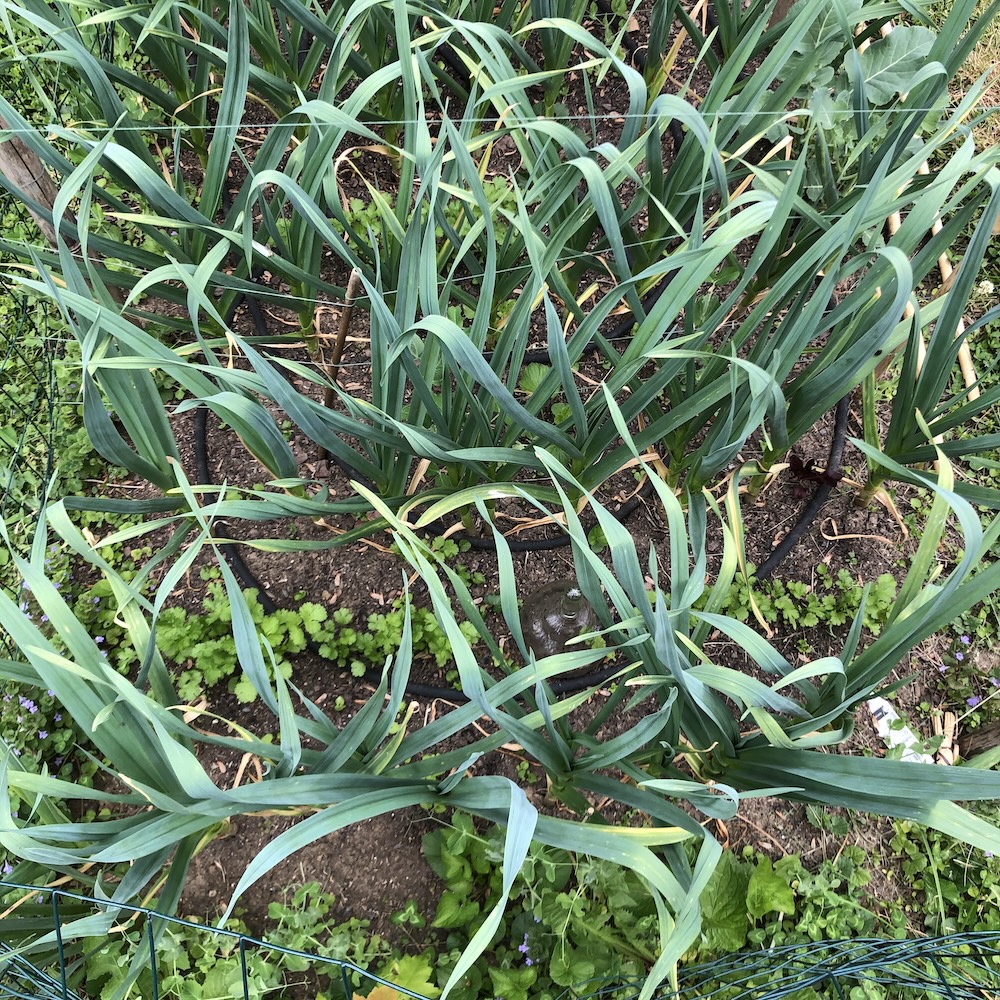
In some cases, just one plant reaps the rewards. Basil is said to enhance the flavor of tomatoes when grown together, and marigolds or garlic are often used to repel both airborne and soilborne pests. Sage repels cabbage moths! The Spruce has a great listing of various companion plantings.
Succession Planting
Last month we discussed succession planting as a way to use vegetable garden space efficiently. Typically, we think of it as planting spring crops, then replacing with summer crops, and then replacing those with fall crops.
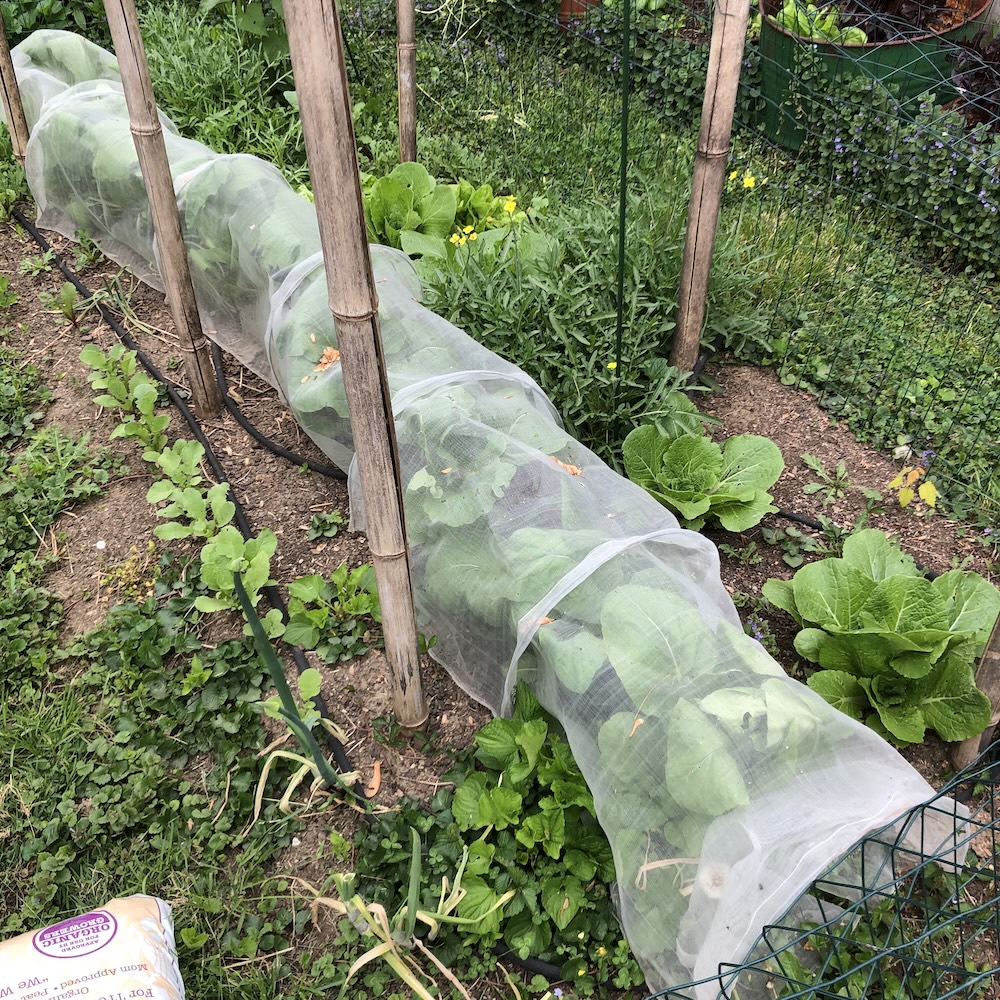
Succession planting can also be used within that same crop. For example, instead of planting all your seeds at once, plant one row every week for several weeks. Instead of harvesting 20 heads of broccoli all at once you’ll harvest a few heads each week. You’ll be planting less but harvesting more, while wasting less food, too.
The Square-Foot Vegetable Garden
Square foot gardening is a method of using space efficiently in either a raised bed or in-ground garden. The vegetable garden is divided into 1×1-foot squares, with each square used for planting different crops based on their spacing needs. For example, in a 4×4-foot bed (16 squares), you might plant 16 carrots in one square, 4 lettuce plants in another, and a single tomato plant in another.
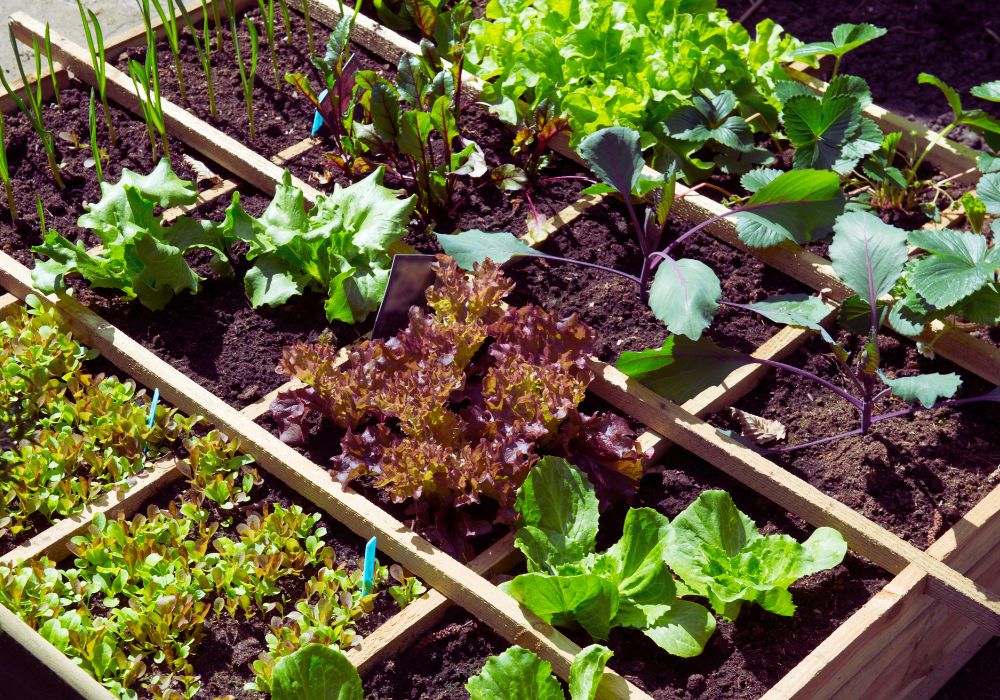
This square-foot method maximizes space and organizes your crops, as well as reduces weeding and water use, all while supporting healthier plants. It’s a great idea for small gardens, whether that’s in a city or small suburban condominiums because it allows for a variety of crops in a compact space—and with minimal maintenance, too.
Crop Nutrition in the Vegetable Garden
Once your vegetable garden is planted and organized, proper nutrition will keep your crops humming along. Remember, a healthy plant is a strong plant, and strong crops will provide you with a bountiful harvest.
Crops vary in what type and how much nutrition they need. Some are heavy feeders. Tomatoes, for instance, are notorious for their feeding needs, requiring calcium, phosphorus and potassium for proper development and fruiting. Leafy greens need plenty of nitrogen. Know your crops’ requirements and if you need to address their needs individually, do so! That’ll help them be the best plants they can be.
Generally speaking, our earth-positive Biochar Blend will bolster the effectiveness of any nutrients you provide your crops. When added to the garden or raised bed, this highly porous carbon improves nutrient adsorption.
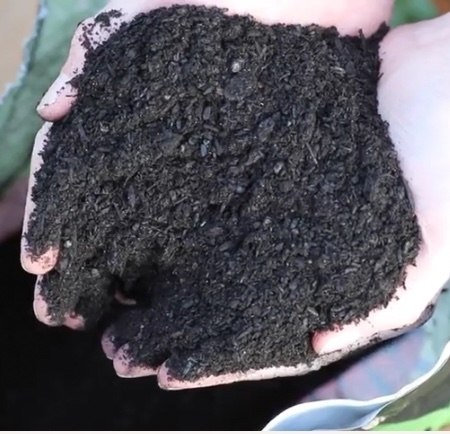
The porous nature of the material also provides a cozy home for those beneficial microbes you’re taking such care to incorporate into the root zone. And the great thing about our biochar is that once it’s in your soil, it’s there essentially for your lifetime. Using our Biochar Blend also gives your garden compost, earthworm castings, alfalfa and kelp meals, bone char with phosphorus and calcium, and zeolite and azomite, minerals that nourish both microbes and plant roots. That’s all great stuff that will help your crops grow their best.
Just how efficient and maximalist is Biochar Blend? Add it to your garden once and it’s essentially there for your lifetime.
We’re all trying to get more from what we have at home and in the garden. We encourage you to use any or all of the suggestions above to maximize your harvest throughout the growing season. We know you’ll make great use of it!

